Modelling population-level impacts of wind farm collision risk on Welsh Red Kites
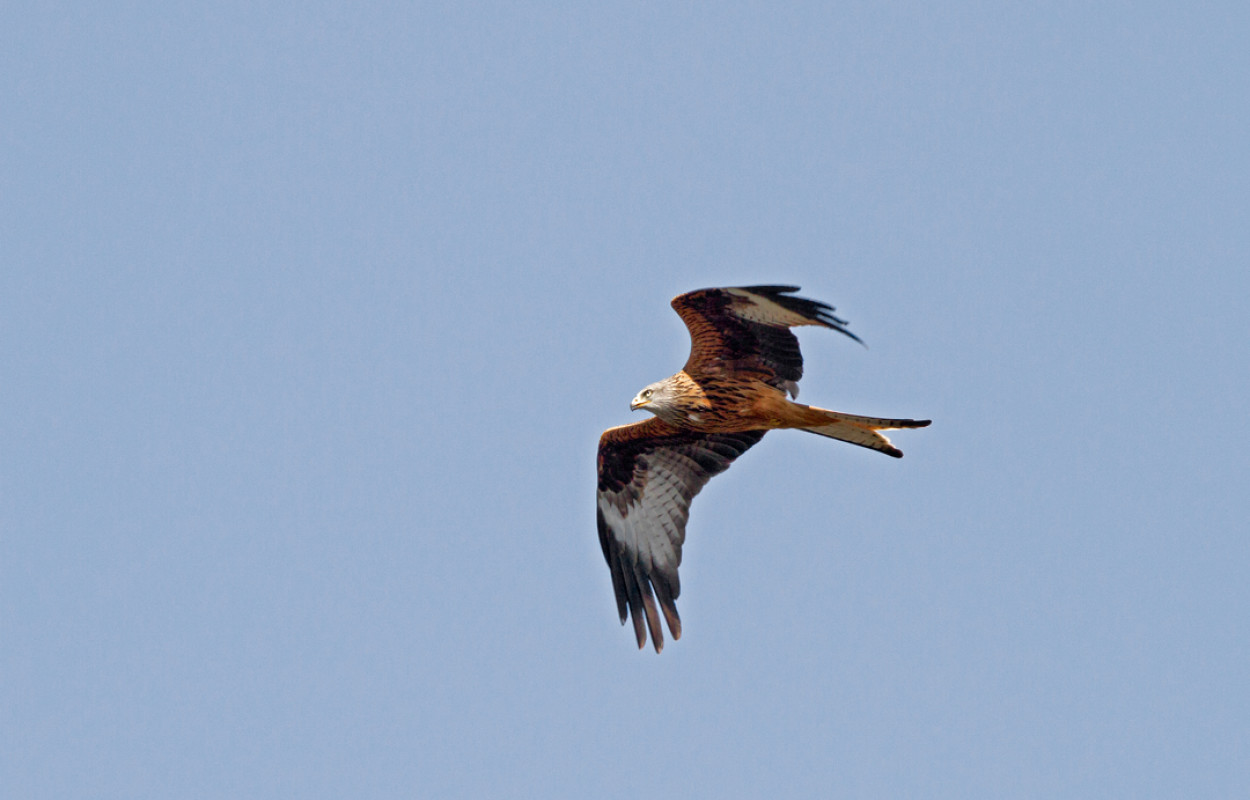
Author(s): Hereward, H.F.R., Macgregor, C.J., Gabb, O., Connell, A., Thomas, R.J., Cross, A.V. & Taylor, R.C.
Published: March 2024 Issue No.: 766
Publisher: British Trust for Ornithology
Download article 6.61 MB application/pdf
The Welsh Red Kite population is currently in ongoing recovery after a historic decline driven by persecution, and a consequent population bottleneck during the first half of the 20th century. Trends from the BTO/JNCC/RSPB Breeding Bird Survey show that the population has grown rapidly over the past few decades. Nonetheless, the Red Kite remains a conservation concern, in particular around two Special Protection Areas (SPAs) designated for the species’ conservation: the Berwyn SPA and the Elenydd—Mallaen SPA.
Wind turbines represent a known threat to Red Kite populations, causing additional mortality through collisions. A large number of wind farm sites are currently at various stages of development (ranging from aspirational schemes to proposals under assessment) in Wales, especially in Mid Wales where Red Kites are at their highest density and where the Elenydd-Mallaen SPA is situated.
The aim of this analysis is to model the potential impacts of current and proposed wind farm developments on the Welsh population of Red Kites, using a Population Viability Analysis.
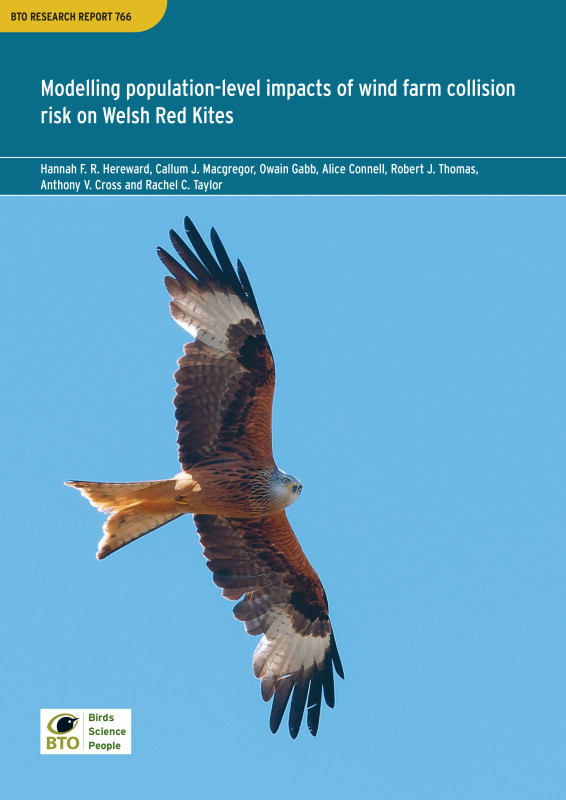





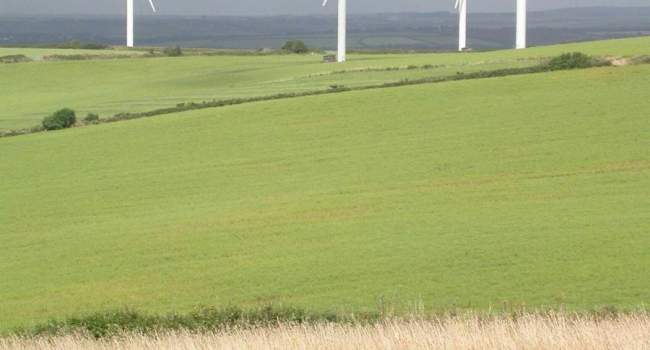
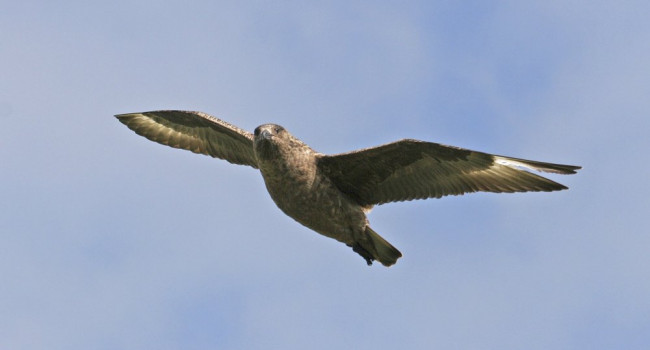
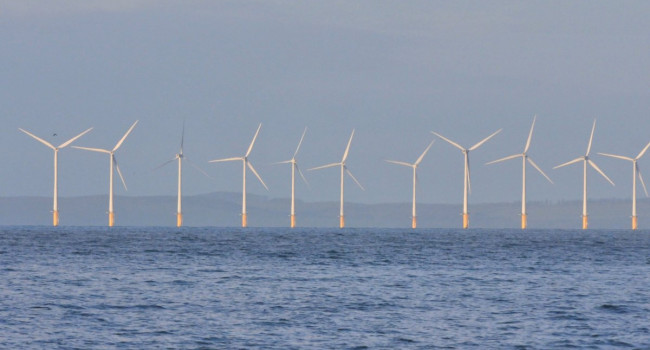

Share this page